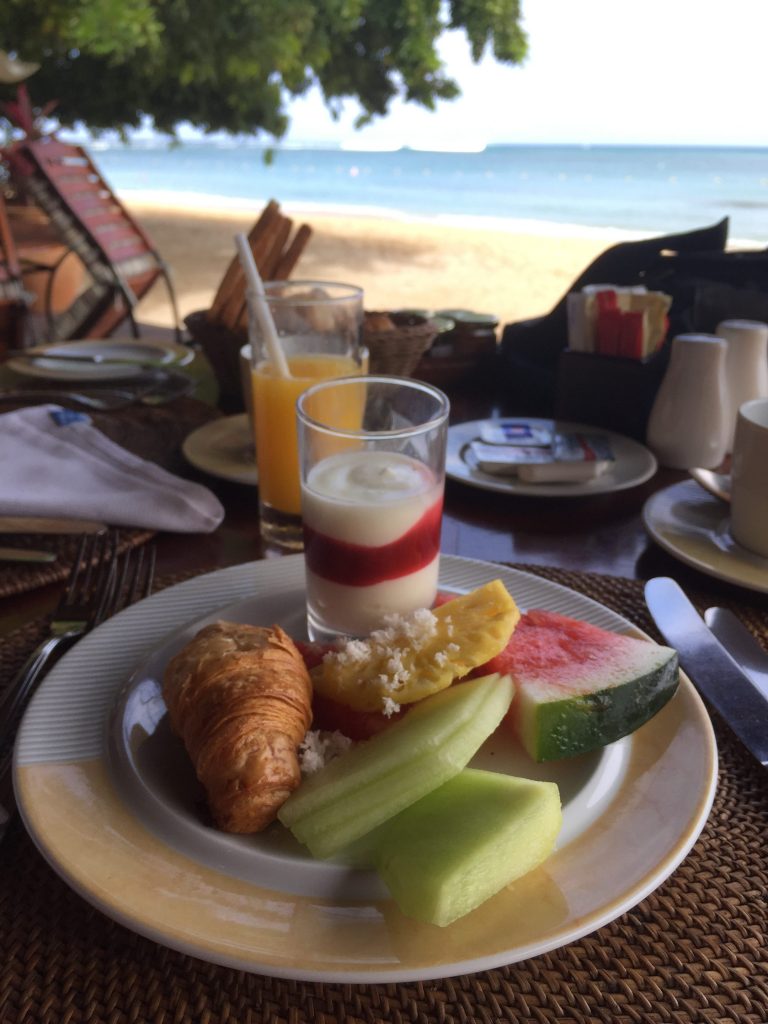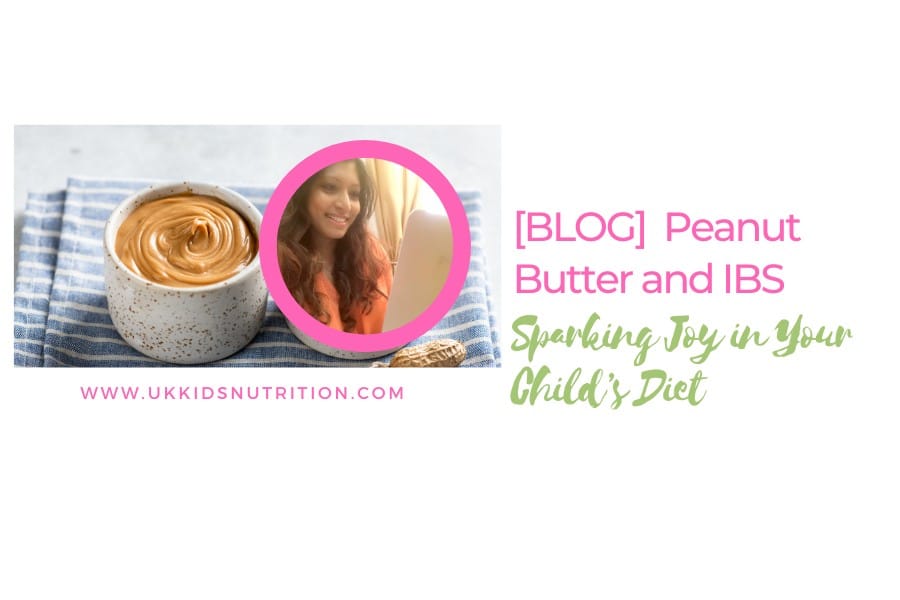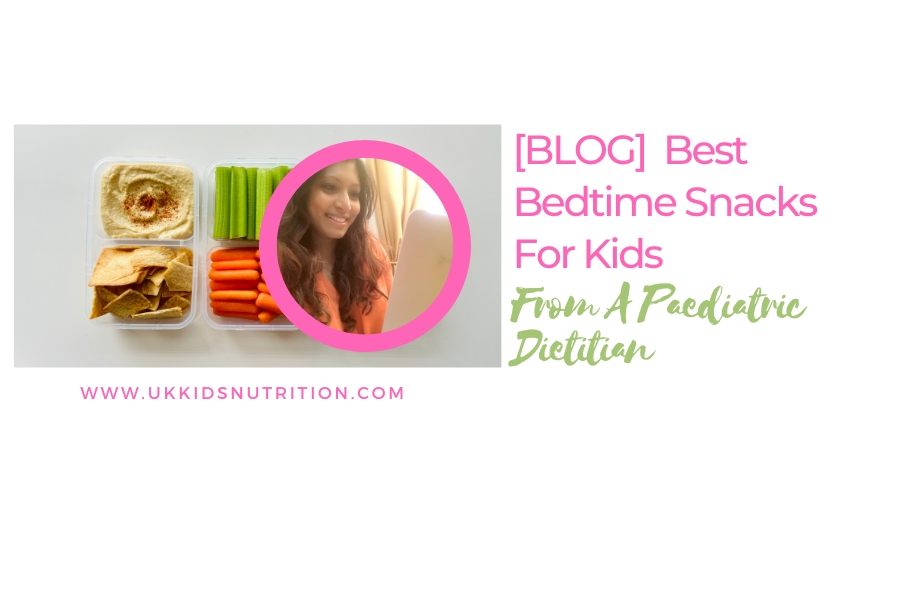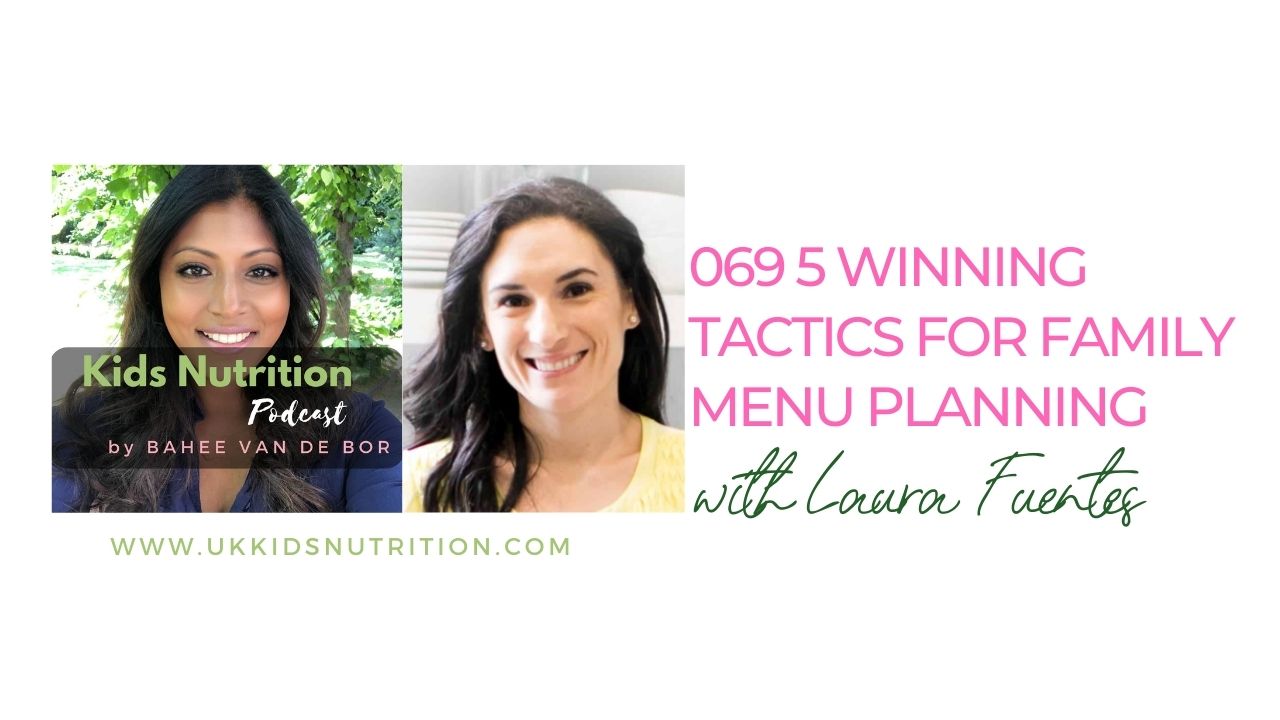Knowledge is power and the topic of sugar is no exception. Inspired by the sugar debate held between nutritional experts and the media, I hope this article sheds light on the truth about sugar. Without nutritional context and accurate knowledge about how sugar intake affects your child, should you fear it? Is fruit juice now completely off limits and all breakfast cereals? What’s acceptable and what’s not? This March article considers sweetened beverages and breakfast cereals in particular.
Don’t panic if you have now been made to believe that offering a glass of orange juice for breakfast, snacks such as a biscuit or fruit and dessert options of fruit yoghurts or home-made baking is the equivalent of poisoning your child. Despite what headlines may lead you to believe, with the right facts, you will understand how to control sugar intake within recommended limits.
If your child is guzzling down glasses of sugar sweetened beverages, then yes it’s time to cut back. Not only will their sugar intake be high, they may be filling up on refined carbohydrates which can be called ‘empty calories’. As a result there will be very little space in their tummies for high quality nutrition packed foods such as fruit, vegetables, fibre rich grains and cereals.
It’s all about balance. A small 125ml glass of 100% juice can be counted as one serving of fruit. So if your child enjoys a small glass of fruit juice with breakfast then this is okay. Yes there is natural fruit sugar called fructose in juice, but these are also teamed with some vitamins and fibre. Obviously eating whole fruit is a better choice but always consider what your child is eating for the rest of that meal. Is breakfast made up of low sugar cereals such as Weetabix and oats or whole grain toast with eggs? Then perfect, that glass of fruit juice is not a problem.
What can be a problem is if your child demolishes several glasses of sweetened drinks including fruit juice in a day and relies on these as their primary form of fluids. Did you know that a 330ml can of cola has around 35 grams of sugar? Supermarket branded carbonated drinks tend to contain slightly less but still contain a whopping 27 to 31g of sugar per drink.
That’s the equivalent of polishing off 6 teaspoons of sugar in one sitting. And that’s just in one drink. I say no thank you. Stick to water as the main source of fluids. It really is the best fluid for hydration.
Of concern are also the amount of added sugars in children’s breakfast cereals. It is wise to read nutrition labels. Sugar content of breakfast cereals in the UK can easily provide up to a third of 4-6 year olds maximum daily recommendation for sugar. This calculation is based on a serving size of 30g of cereal. If children also eat breakfast cereals as snacks, then this further adds to their free sugar intake. Wise up by learning to screen breakfast cereals. Your best choices are porridge oats and whole-wheat cereal biscuits such as Weetabix. If that sounds boring, jazz it up by adding cut up pieces of fruit. Bananas and berries are always a favourite.
Be sugar smart. Sugar can be a problem when eaten in large quantities. It can add to excess unwanted calories that your child may not be able to burn off through play and activity. Excess calorie intake unbalanced against activity does increase the danger of your child becoming overweight or obese. This ultimately increases their risk of certain health problems such as diabetes and heart disease. Dentists may also warn you against sugary foods due to its link with dental carries.
Screening your breakfast cereal
So what is a high sugar food? As a rule of thumb, focusing on breakfast cereals, anything providing less than 5g of total sugar per 100g gets a thumbs up. This is a great choice. Cereals containing more than 22.5g per 100g is high in sugar (as per NHS choices healthy breakfast cereals), though I tend to draw the line at 10g per 100g.
Breakfast cereals can be tricky as you do want to consider the source of sugar. There’s a reason why many cereals fail to meet the above golden criteria. It’s purely down to the added sugar. Sugar can be hidden in the form of fancy ingredients such as honey, maple syrup, coconut sugar and other syrups. This means that the breakfast cereal is high in free sugars. There’s no real difference between refined table sugars and these; they all mean sugar. Yes some contain small amounts of antioxidants, but to receive the equivalent level found in fruit and vegetables your child would need to consume gallons of the syrups. Don’t fall for this sugar trap.
Millions of families regularly eat muesli and may be shocked when applying the screening guideline above. Dietitians agree that some brands of muesli can be high in both sugar and fat. Consider where the sugars come from. Check the ingredients list. If sugar is listed as one of the top three to five ingredients, there’s your red flag. Dried fruit does contribute to total sugar but it is not the same as added sugar. Dried fruit are a source of fibre, vitamins and minerals and can be incorporated as part of a healthy balanced diet. Just make sure that you screen for other sources of unwanted sugar that may have been thrown in to boost flavour.
When it comes to your family’s health and nutrition, do choose a cereal that tickles everybody’s taste buds. Just remember to screen all breakfast cereals to ensure that your choices are appropriate for children. Without a government policy imposing a reduction of added sugars in breakfast cereals, food companies continue to have the final laugh by loading cereals with sugar to improve taste. Take charge and screen your cereals. It only takes a minute. By choosing simple cereals such as oats or Weetabix, you are in control of the type and amount of sugars you add.
Now that breakfast cereals have been screened, you can be assured that there is no need to panic about that small glass of fruit juice for breakfast.
Did you enjoy this post? Then do join other mums on Facebook and Instagram for general chit chat on children’s nutrition.



